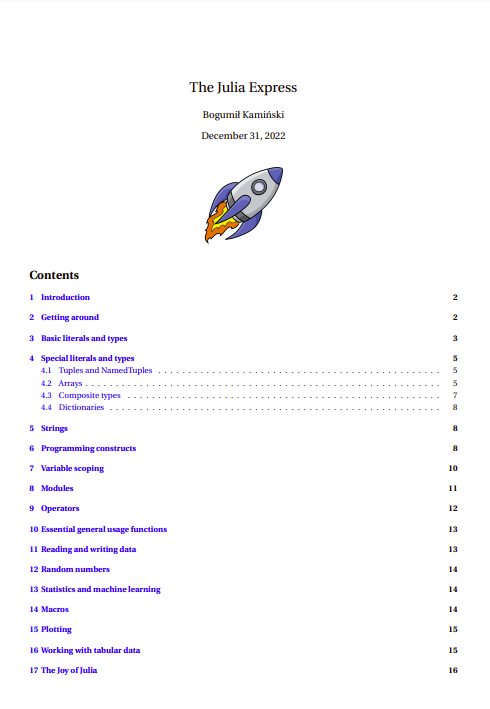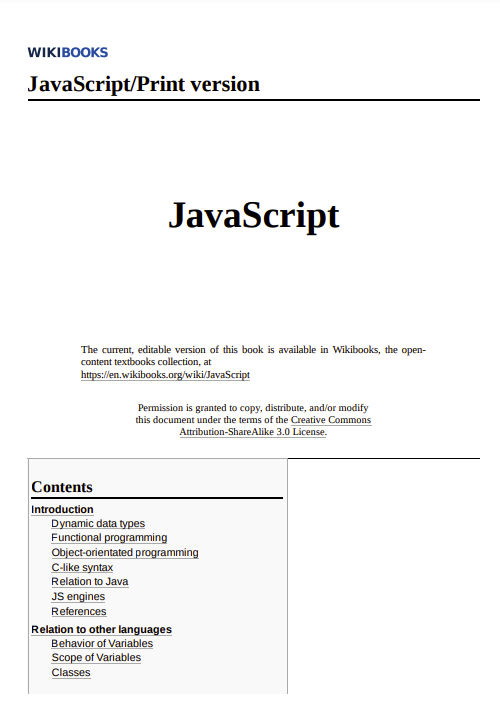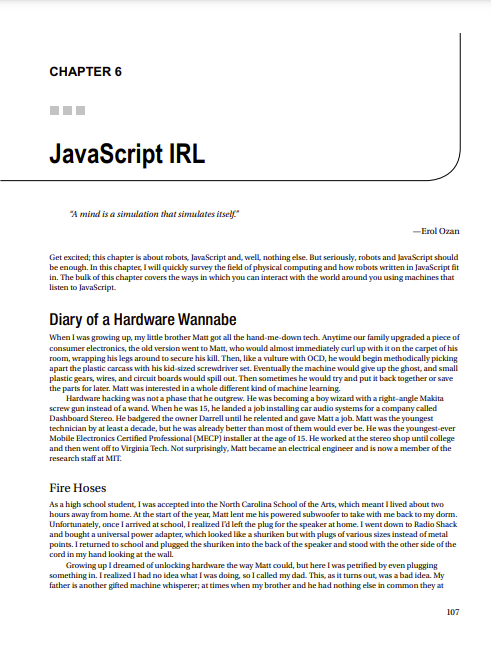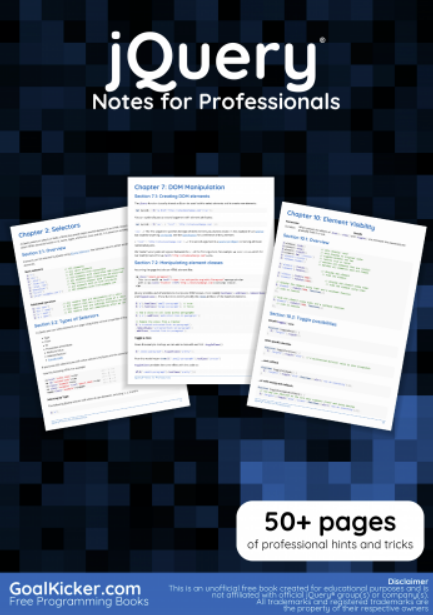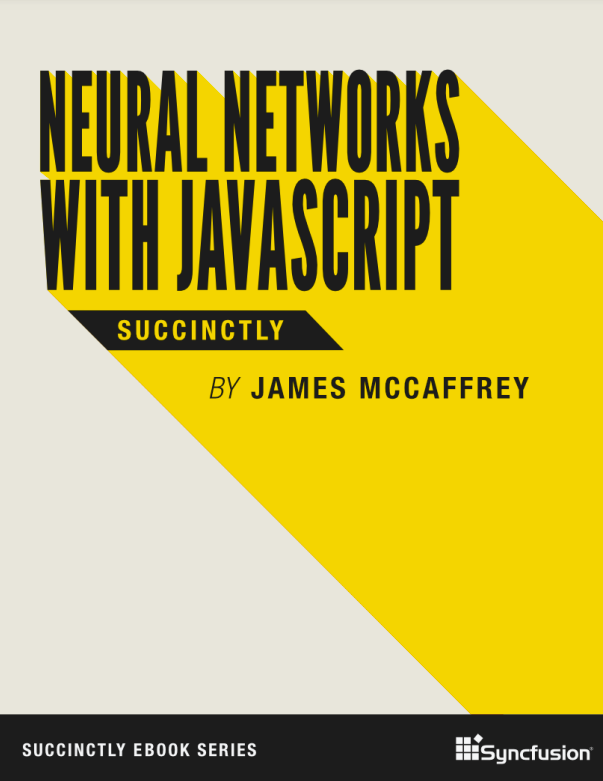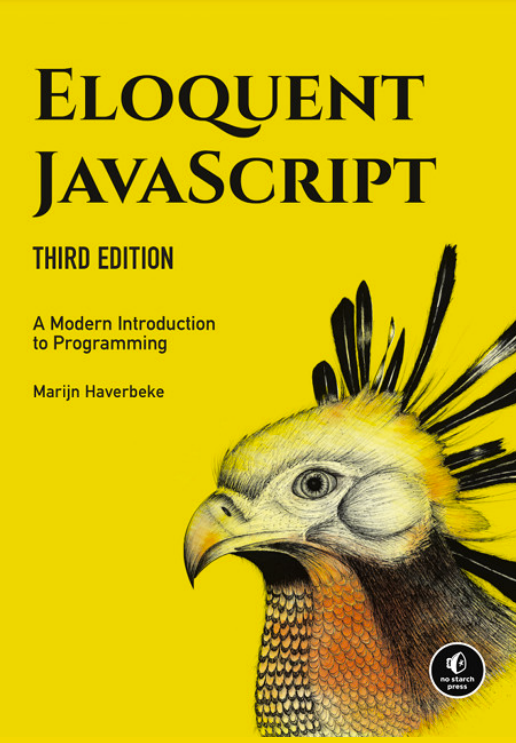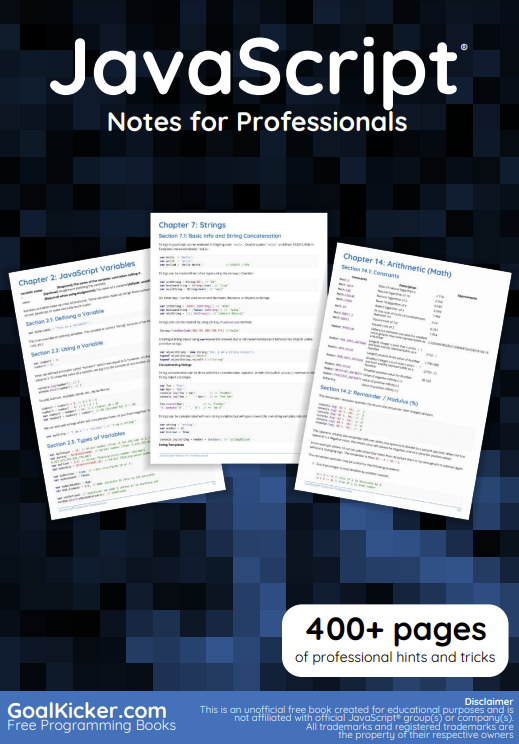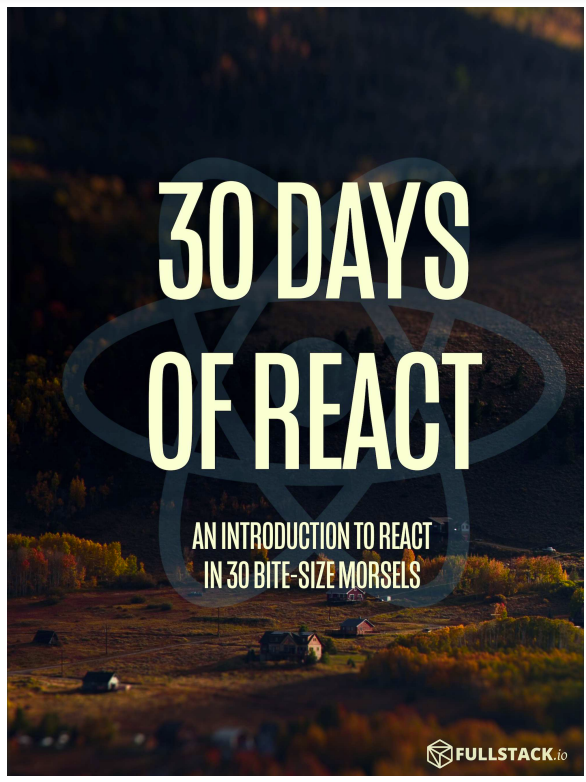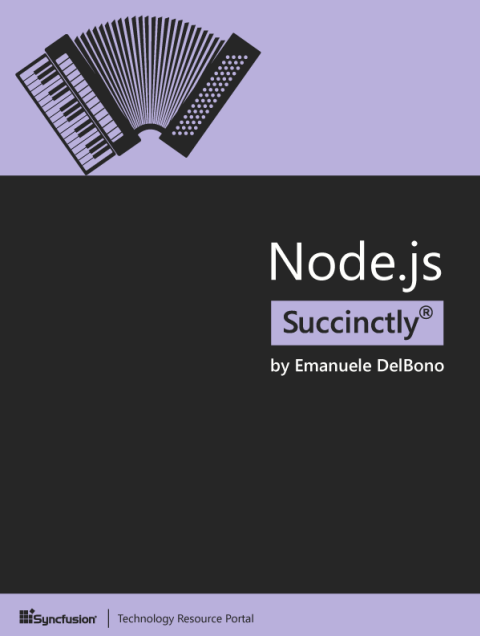The purpose of this document is to introduce programmers to the Julia programming by example. This is a simplified exposition of the language.
It is simplest to execute these examples by copy-pasting to the Julia REPL (https://docs.julialang.org/en/latest/ stdlib/REPL/) or copying them to a file and next running them using include function. The difference is that copypaste approach will echo output of each instruction to the terminal.
If some package is missing on your system switch to the package manager mode by pressing ] in the Julia REPL, and then write add [package name] to require installing it.
Over the years of using Julia I have learned that for each project you have it is best to have a separate project environment that keeps track of its dependencies. You can check out this blog post https://bkamins.github.io/julialang/ 2020/05/18/project-workflow.html to read more about it.
This is an introductory document. Important topics that a person learning the Julia should be aware of, that are not covered are:
- parametric types;
- parallel and distributed processing;
- advanced I/O operations;
- advanced package management;
- interaction with system shell; see run;
- exception handling; see try;
- creation of coroutines;
- integration with C, Fortran, Python, and R.
You can read about them in the latest Julia documentation at http://julia.readthedocs.org/en/latest/manual/
